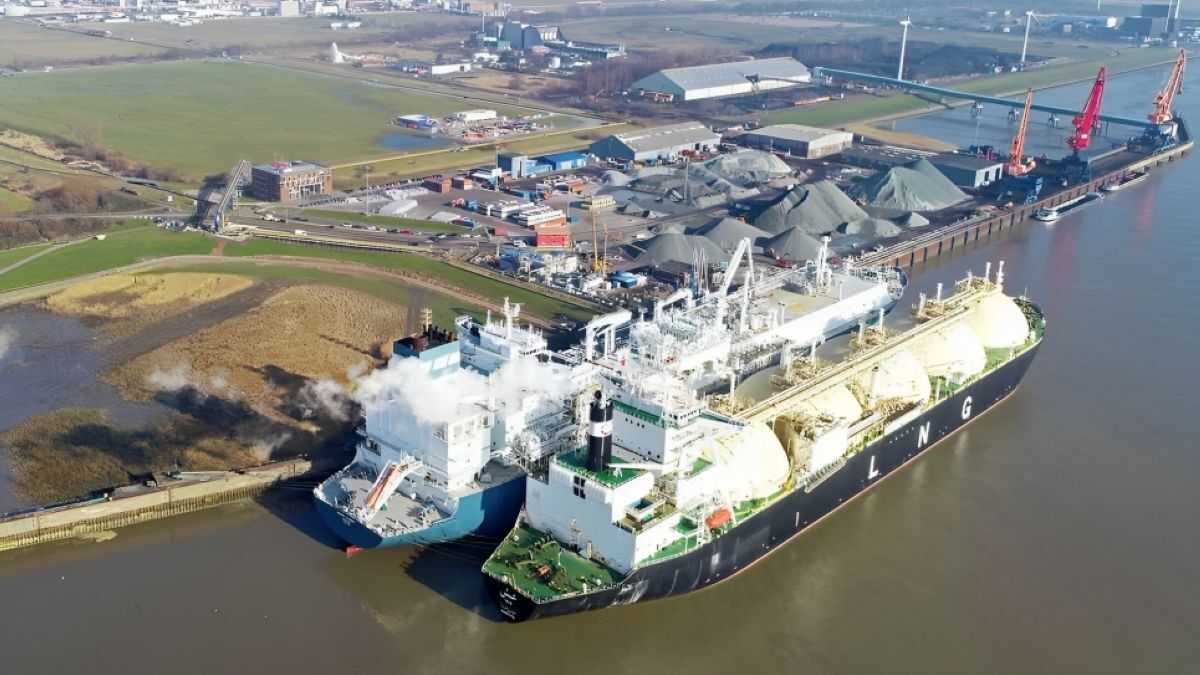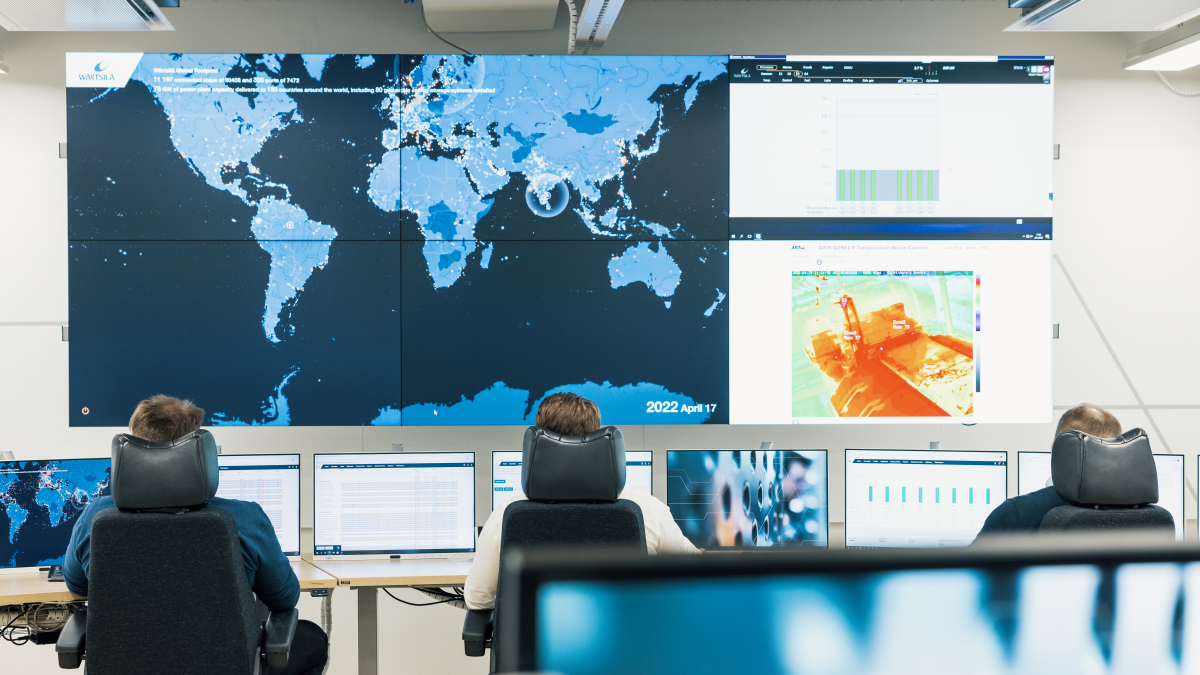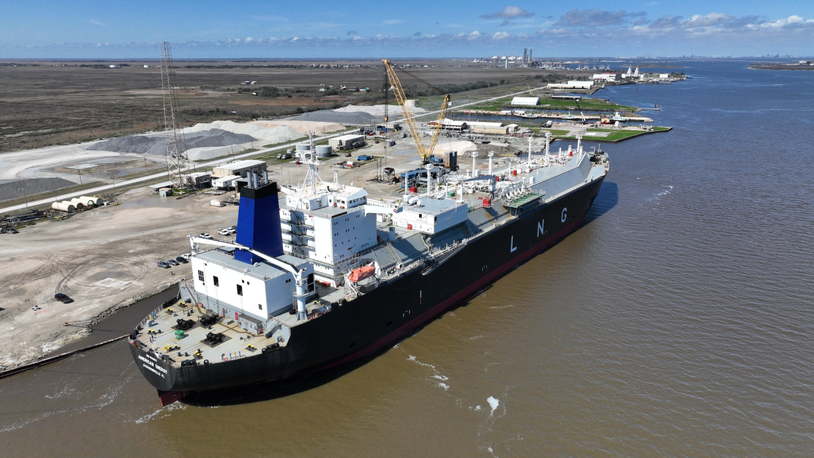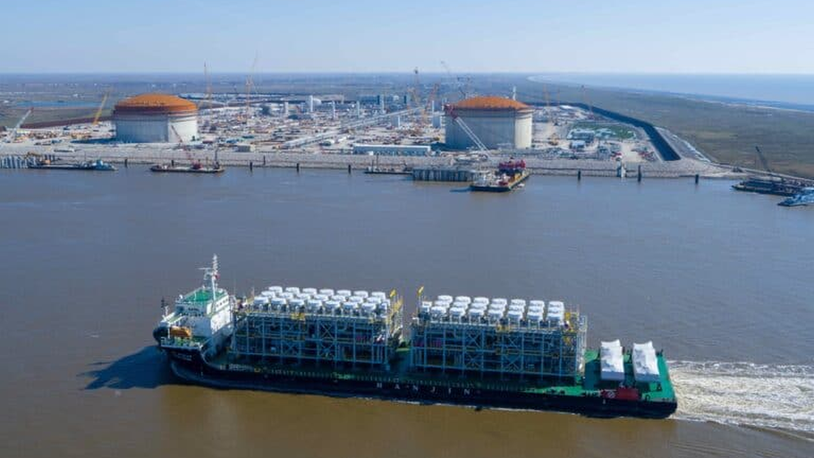Business Sectors
Events
Contents
Milford Haven prepared for new traffic stream
LNG carriers, including Q-flex ships, are about to make an appearance in Milford Haven and join the traditional oil tanker and LPG carrier traffic
LNG carriers, including Q-flex ships, are about to make an appearance in Milford Haven and join the traditional oil tanker and LPG carrier traffic
Milford Haven in South Wales, one of Northern Europe’s largest oil and gas ports, is about to welcome LNG carriers for the first time. This new traffic will comprise the eight new Q-flex ships that will carry LNG produced by Qatargas II Train 4 to the South Hook terminal and the conventional-size vessels that deliver cargoes to the new Dragon LNG terminal.
The Milford Haven Port Authority (MHPA) states that it will handle the LNG traffic in basically the same way it deals with all ship movements at the port. Furthermore, the viability of applying its existing procedures to LNG ships has been verified through extensive testing and rigorous risk assessment.
Having said that, some relatively minor adjustments have been made specifically for the ships that will begin arriving at the port with LNG import cargoes at the end of 2007 and the beginning of 2008. LNG carriers will be accompanied by four tugs rather than the usual one to three that are used to assist other tankers. In addition, each of the LNG tugs will have a greater capacity and power rating than the tugs in the current fleet.
Also, each LNG carrier will be manned by two pilots in the port approaches. Currently, only very large crude carriers are required to have two pilots. All other tankers have only one. Exclusion zones of one mile ahead and astern of all LNG carriers underway in the port will be a mandatory procedure. This requirement currently applies only to LPG carriers of over 20,000m3 using the port. In addition, MHPA will introduce a formal slot booking system to guarantee that LNGCs have access to the appropriate jetty on the day and time required.
MHPA began working closely with the developers of the South Hook LNG and Dragon LNG terminals in spring 2002 to assess the feasibility of LNG vessels transiting the Haven and berthing at the proposed jetty berths. The safety and risk assessments – covering the identification of risk scenarios, their testing and the determination of appropriate management measures – were carried out under the Port Marine Safety Code, and the process is a continuing one. Experience gained once the new LNG traffic starts up will be analysed by all the participants to enable relevant refinements to be made to the master plan.
In common with all other UK ports, MPHA has a duty to accept all vessels wishing to enter the port. Milford Haven is unable to deny entry to any vessel except in very specific circumstances. As a result, the MHPA approach is to determine the optimum way in which ships and other waterway users can be managed for the benefit of all.
In assessing the risks posed by the movement of LNG ships, a wide range of possible scenarios were identified and then tested within the framework of the MHPA’s safety management system. The risk assessment exercise has involved internal and external discussions and analyses; the use of simulators in Fleetwood and at Marin in Holland; visits by the port’s marine team to various LNG facilities and ships; the commissioning of various reports from specialists; and ongoing discussions with all the principals.
The following notable items were the subject of particular scrutiny during the development of the LNG risk management master plan:
• the capacity of the Haven to accommodate
traffic increases;
• the stages of tide at which LNG ships will be allowed to move;
• the circumstances relating to the number and size of tugs and the number of pilots required;
• the weather conditions that will allow or prevent ship movements;
• the need for any modifications or changes to the navigation marks or facilities in place in the
Haven; and
• the possible need to deepen or widen the
navigation channels.
One outcome of the investigation into navigational aids was a decision to deploy five new buoys in the Haven for use in guiding LNG tankers into the port. Designed to be highly visible and carry state-of the-art, long-life LED lanterns, each has a circumference of three metres. Hippo Marine has manufactured
the buoys using foam elastomer rather than traditional materials like steel or plastics in
order to create a robust ‘self-fendering’ buoy hull. Their LED lights, supplied by navigation aids specialist Tideland Signal Ltd and designed to require minimal maintenance, feature integral solar panels and sealed lead-acid batteries. The buoys have now been positioned in place by Williams Marine & Port Services Ltd.
MHPA has also analysed the appropriateness of current security provisions under the security plans established for the port’s facilities and approved by the security arm of the UK Department for Transport (TRANSEC). The port will be making modifications to these security plans where necessary to meet TRANSEC’s own assessment. MHPA has also identified the need to revise and update the port’s emergency response plans, and has entered into dialogues with the Fire Service, the LNG terminal operators and the emergency response division of Pembrokeshire County Council, amongst others.
The South Hook LNG terminal has been built on the site of the former Esso oil refinery at Milford Haven. In the first phase of the project, which is due onstream early in 2008, three 155,000m3 LNG storage tanks have been built and one of the berths on the existing jetty at the site has been refurbished to allow the mooring of LNG tankers as large as the 216,000m3 Q-flex and 265,000m3 Q-max sizes.
Even before Phase 1 commences operations work on Phase 2, involving the construction of two further 155,000m3 tanks and the return to service of another tanker berth on the existing jetty as a gas carrier facility, is underway. The Phase 2 expansion, which is due for completion in 2009, will enable the delivery of LNG from another large, new liquefaction plant being built at Ras Laffan in Qatar – Qatargas II Train 5. A total of six LNGCs of the Q-max size have been ordered in Korea for carriage of the Qatargas II Train 5 cargoes to Milford Haven.
South Hook LNG Terminal Co is owned by 67.5 per cent by Qatar Petroleum, 24.15 per cent by ExxonMobil and 8.35 per cent by Total. LNG
Related to this Story
Events
Maritime Environmental Protection Webinar Week
Cyber & Vessel Security Webinar Week
The illusion of safety: what we're getting wrong about crews, tech, and fatigue
Responsible Ship Recycling Forum 2025
© 2024 Riviera Maritime Media Ltd.













